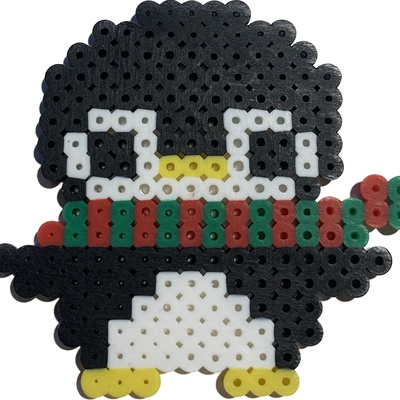sometimes, if I want to install a program from the terminal, I get 2 options: apt and snap.
It can happen that the displayed versions are not the same, one candidate shows a higher version number than the other.
Do both libraries use the same numbering system and is it safe to assume that the higher the version number is, the newer the program is and one should only consider this variable to install new stuff?
Snaps (and flatpaks) have a much better way of handling DLL hell than good ol deb/rpm/pacman. As such, each app is better able to chase the latest version of all of its dependencies, without worrying about messing up the libraries for anyone else.
Snap/flatpak also sandbox their apps, reducing the blast radius of exploited or bad apps.
My personal preference is to use flatpak, and set it up so that it is all --user. With a --user install, you don't need sudo to update anything. Use Flatseal to tighten up or loosen the sandbox, use Warehouse to roll back any broken updates. I don't think snap has any tools like Flatseal or Warehouse, which makes it the weaker packager.
Anything that can be installed as a flatpak, I do it there first. Then I can just pick up my home directory, drop it in a different distro, and almost all of my stuff follows. A distro becomes little more than "a kernel, a compositor, a baseline desktop environment, and some background daemons".

